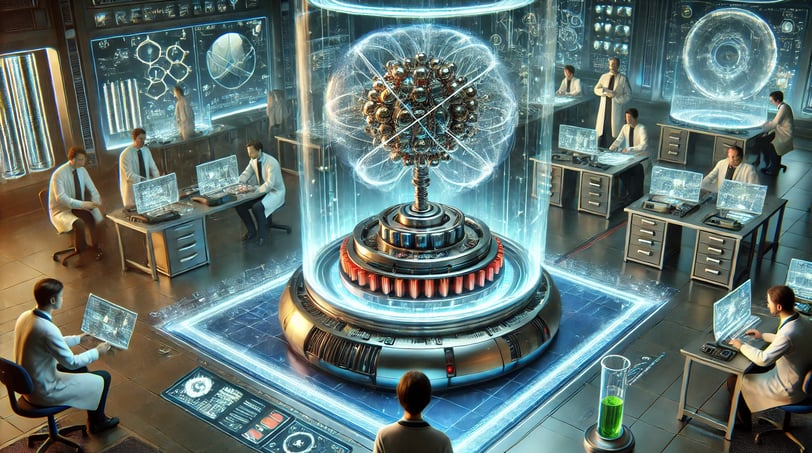Free Energy: The Potential, Challenges, and Innovations
Free energy, often associated with the idea of limitless and self-sustaining power, has been a subject of great interest and controversy. While mainstream science relies on established laws of physics, some inventors and researchers have proposed technologies that could revolutionize the energy sector. This article explores the most promising free energy inventions, the obstacles they face, funding challenges, and why these technologies are not yet widely used.
3/6/20252 min read


Understanding Free Energy
Free energy is commonly defined as energy extracted from unconventional or underutilized sources, such as zero-point energy, magnetic fields, or electromagnetic radiation. Unlike conventional renewable energy sources like solar and wind, free energy aims to provide self-sustaining power without ongoing fuel consumption or reliance on existing energy grids.
While many free energy concepts remain speculative, some inventions have shown potential in laboratory conditions, drawing both excitement and skepticism from the scientific community.
Promising Free Energy Inventions
Overunity Devices – These devices claim to produce more energy than they consume, seemingly defying the laws of thermodynamics. Examples include:
The Searl Effect Generator (SEG), developed by John Searl, which supposedly uses magnetic fields to generate continuous motion and electricity.
The Testatika Machine, a Swiss device that allegedly extracts ambient energy but remains largely unverified.
Magnetic Motors – Devices that utilize permanent magnets to maintain continuous motion without external power sources. Notable examples include:
The Perendev Magnetic Motor, which claimed to sustain rotation solely through magnetic repulsion.
Devices developed by independent inventors, though none have yet been commercialized at scale.
Hydrogen-Based Energy Extraction – Water-powered engines have been proposed as an alternative fuel source, with methods such as:
Stanley Meyer's Water Fuel Cell, which claimed to use water electrolysis efficiently to power engines, though skepticism remains about its feasibility.
HHO Gas Generators, which produce a mixture of hydrogen and oxygen for combustion, yet require more energy than they generate under current technologies.
Zero-Point Energy Devices – Theoretical systems that extract energy from the vacuum of space. While mainstream physics acknowledges zero-point energy, extracting usable power from it remains a challenge.
Tesla's Wireless Energy Transmission – Nikola Tesla envisioned the transmission of electricity without wires using resonant energy transfer. Some modern experiments attempt to replicate Tesla’s ideas to develop wireless power systems.
Why Free Energy is Not Widely Used
Despite the intriguing potential of free energy technologies, several barriers prevent their widespread adoption:
Scientific Skepticism – Many proposed free energy devices conflict with established physics principles, leading to doubts about their validity.
Lack of Funding and Support – Most free energy projects struggle to secure funding, as investors and governments prioritize proven energy technologies.
Suppression Theories – Some believe that breakthroughs in free energy have been suppressed by corporate and governmental interests that benefit from the current energy economy.
Technical and Engineering Challenges – Many concepts remain unproven or fail to deliver consistent results under controlled testing conditions.
The Future of Free Energy
While mainstream science has yet to validate many free energy claims, ongoing research in advanced materials, quantum mechanics, and electromagnetic fields may one day provide breakthroughs. Emerging technologies such as solid-state batteries, room-temperature superconductors, and enhanced energy storage systems could bridge the gap between traditional and unconventional energy solutions.
For free energy to become a viable alternative, it will require rigorous scientific validation, greater transparency in experimentation, and collaboration between inventors and mainstream researchers.
Conclusion
Free energy remains a fascinating yet controversial topic in the world of alternative science. While certain inventions show promise, they have yet to achieve widespread acceptance or practical implementation. Whether due to scientific limitations, lack of funding, or resistance from established industries, the journey toward truly sustainable and limitless energy continues. As technology evolves, the pursuit of free energy remains an area of potential discovery that could redefine the future of energy consumption.
Explore
Discover diverse topics in one convenient hub.
Connect
Learn
contact@mindstormblog.com
© 2025. All rights reserved.


